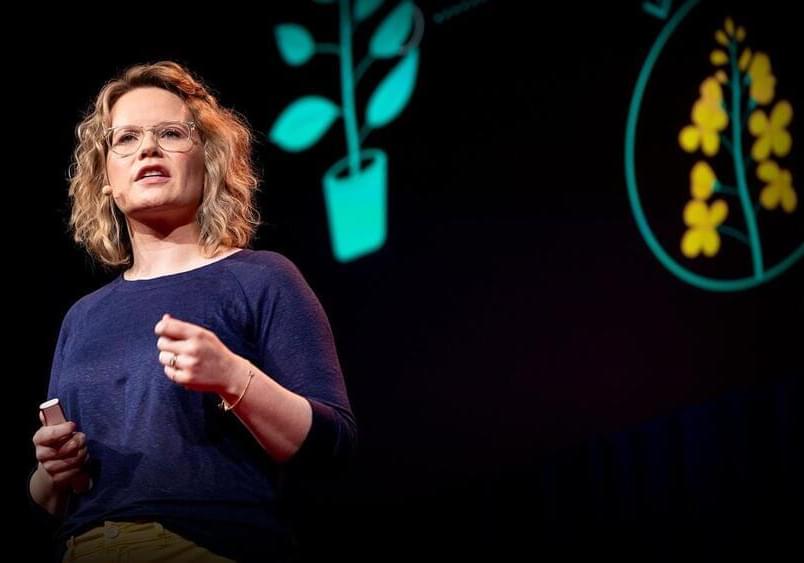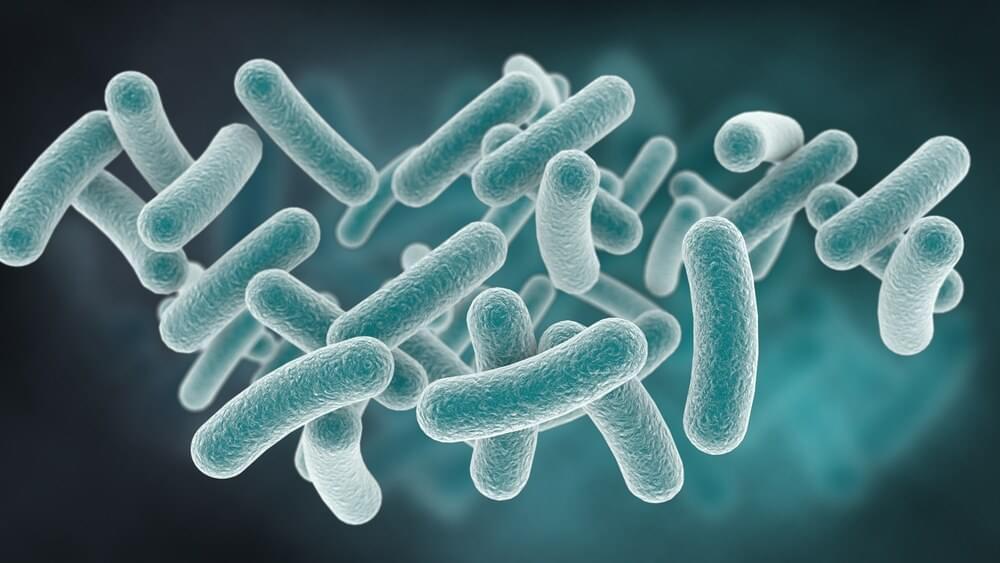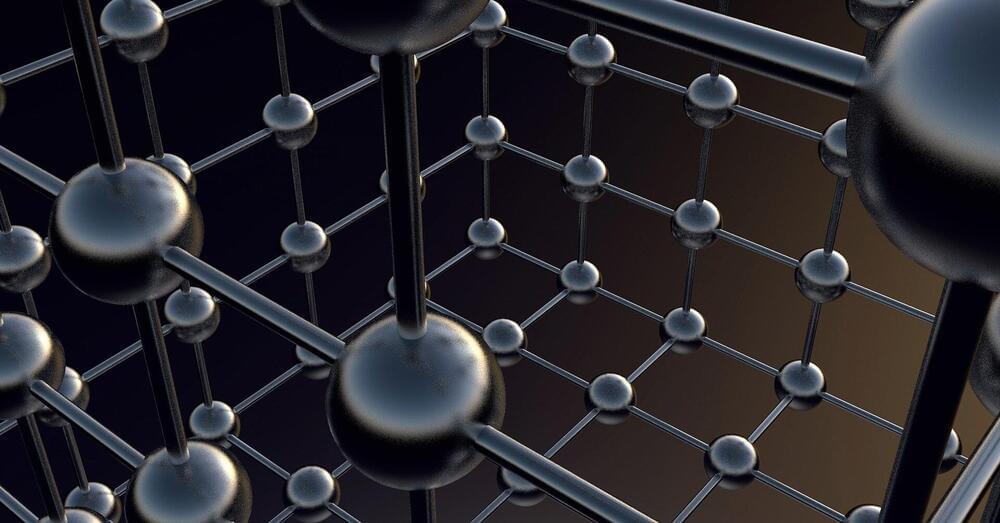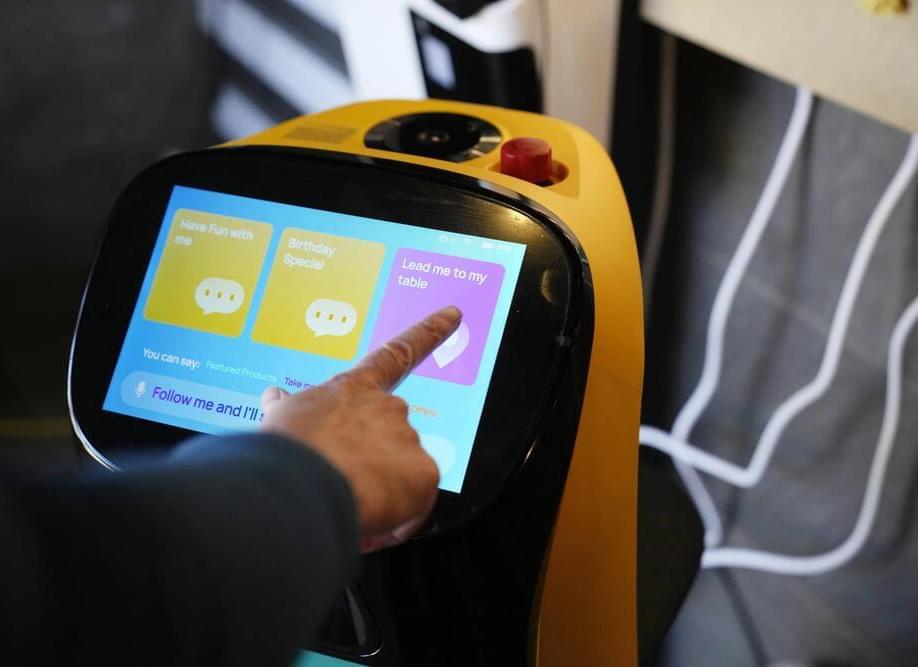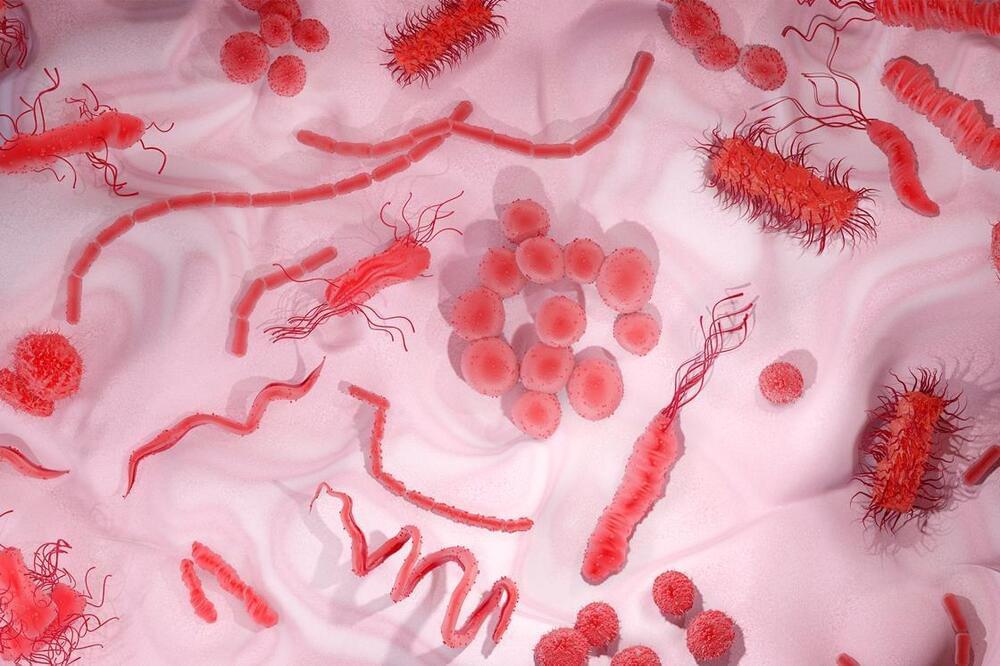Apr 16, 2023
The next software revolution: programming biological cells | Sara-Jane Dunn
Posted by Dan Breeden in categories: biotech/medical, computing, food
Visit http://TED.com to get our entire library of TED Talks, transcripts, translations, personalized Talk recommendations and more.
The cells in your body are like computer software: they’re “programmed” to carry out specific functions at specific times. If we can better understand this process, we could unlock the ability to reprogram cells ourselves, says computational biologist Sara-Jane Dunn. In a talk from the cutting-edge of science, she explains how her team is studying embryonic stem cells to gain a new understanding of the biological programs that power life — and develop “living software” that could transform medicine, agriculture and energy.
Continue reading “The next software revolution: programming biological cells | Sara-Jane Dunn” »
